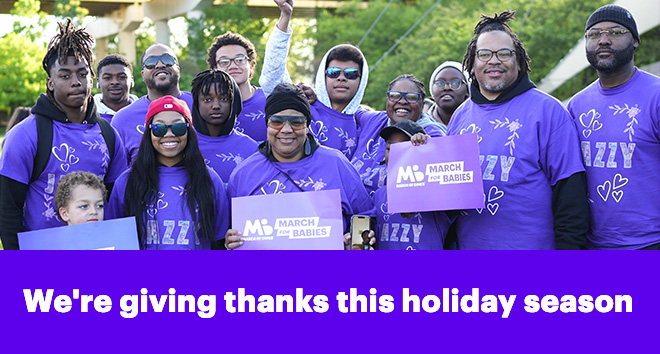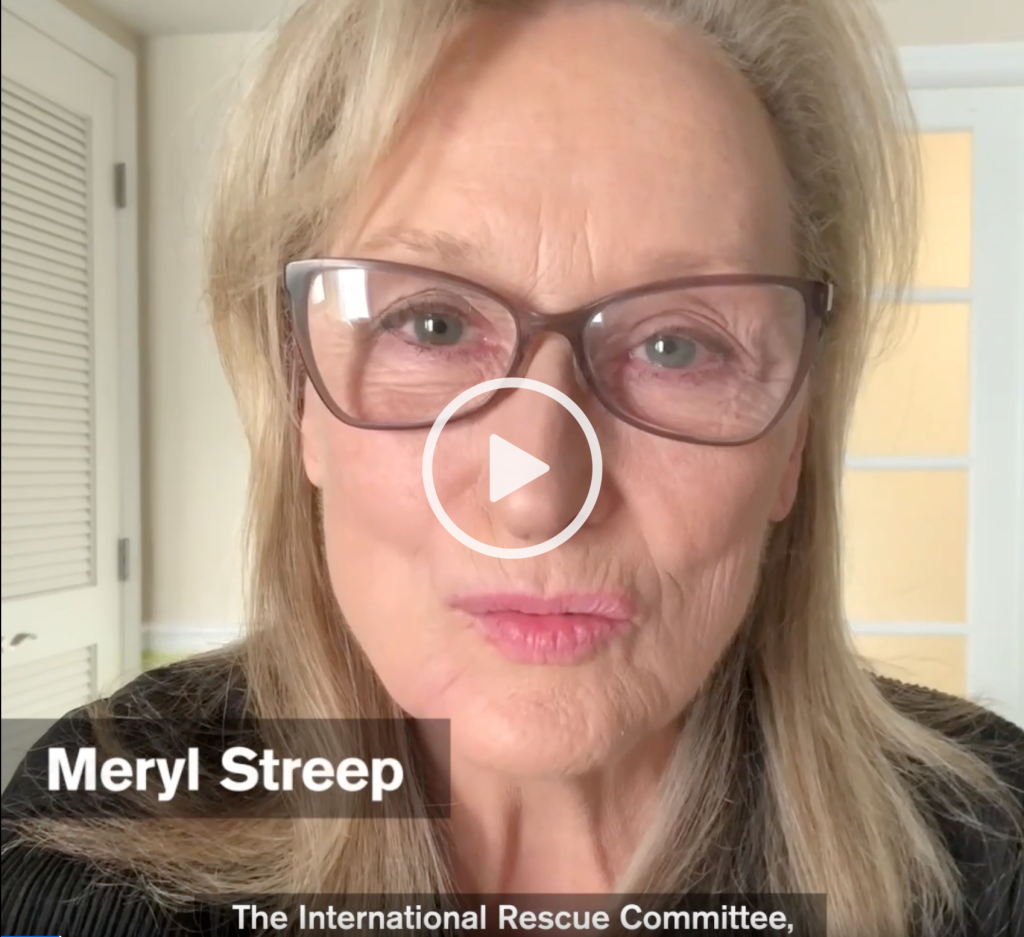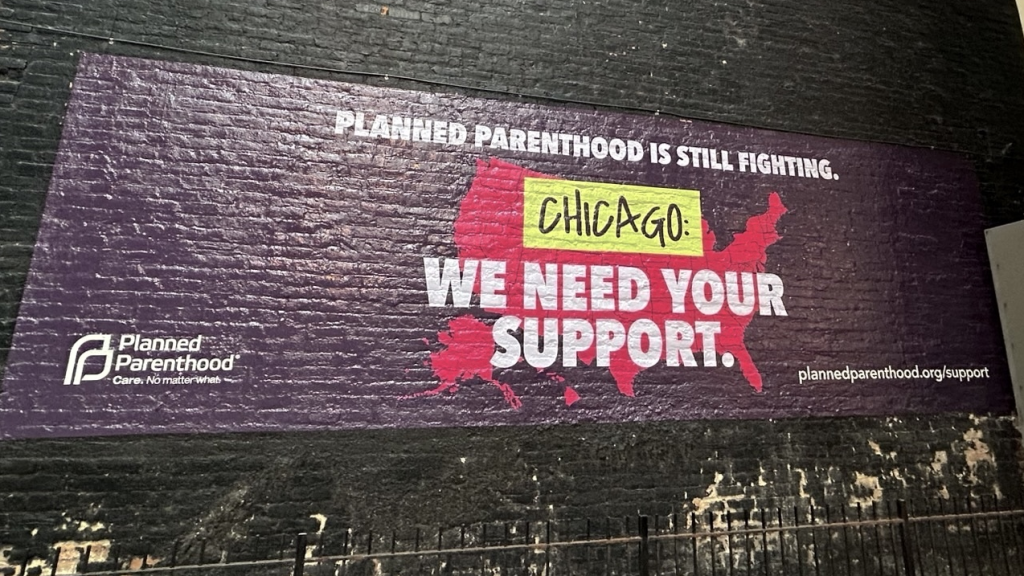Last month we discussed the top-line trends and results we saw from some of the organizations we work with at end of year. You should read that post, but in case you haven’t, the results were a bit of a mixed bag — while some groups had difficulty keeping pace with 2023 revenue, others saw significant growth.
Those that saw growth found ways to make the most of the shorter window between Giving Tuesday and 12/31. What do we mean by make the most of it? They worked smarter and harder. Rearranged November and December giving calendars. They expanded their audience reach and tried new channels. Produced beautiful creative to engage and inspire, and raise money for lots of incredible causes that are doing good in the world.
Rearranging timelines and experimenting with new campaigns
A typical nonprofit sees online giving spike on Giving Tuesday, and then again on December 31. With fewer days between those giving season bookends, and so much at stake, many organizations simply starting their campaigns earlier.
Launching digital ads with end-of-year urgency and matching gift offers earlier in November allows time for ads to ramp up and optimize, and puts a bit less pressure on the final days of the year. Here’s a winter-themed appeal from USA for UNHCR, which started reaching audiences in October:

Our friends who work at Food Banks have been using the week of Thanksgiving as a major giving week for years — there is a natural affinity between their mission and a Thanksgiving campaign.
Since we had fewer days between Giving Tuesday and 12/31 this year, we saw more nonprofits think about aspects of their mission that could be supported by a campaign aligned around Thanksgiving.

Other organizations found ways to squeeze more fundraising opportunities into the shortened giving season, adding giving days, flash matches, and holiday-themed campaigns between Giving Tuesday and the final December countdown.
Having been metaphorically burned by low-performing 12/31 weekend days in the past, nonprofits tried moving flash matches earlier into December and adding winter and holiday creative to inspire giving throughout the month.

Expanding audiences
End of year is also a great time to expand your existing audience and try to reactivate folks on your email file. If you’re doing email list hygiene you’re probably cycling people off your list after they’re inactive for a certain amount of time. But maybe it’s not time to say goodbye to them forever!
One organization we work with tried reactivating donors who had lapsed within the past four years by testing into emailing them carefully in order to confirm it wouldn’t harm email deliverability. Even without sending them any unique “lapsed” content, they saw great results in bringing donors back onto the file.
This kind of effort relies on careful attention and solid data, which is why we built our ethical data co-op Scout Quest. Participating allows you to target specific lapsed audiences we know are active for other organizations — without sacrificing support privacy. (Want more scoop? It’s right here.)
SMS
It wasn’t just that getting aggressively fundraised at by a bunch of fake pacs I’ve never heard of all election season was annoying. I also worried that this avalanche of messages nobody asked for was going to ruin it for all the nonprofits trying to reach their carefully opted-in audiences with their end of year campaigns.
If you had the same concern, I think you can breathe a sigh of relief — we’re still seeing really strong results from SMS, with response and revenue sometimes outdoing email. Many of the groups we work with saw substantial year-over-year growth in SMS revenue at end of year, and higher messaging volume didn’t appear to hurt response.
We saw in our 2024 Benchmarks study that the median nonprofit was sending only 7.7 mobile fundraising messages per subscriber per year, compared to 27 fundraising emails per subscriber per year, so we think there is still room for a lot of organizations to grow here especially considering how folks relate to their phones.
If you don’t have an SMS program, or you aren’t at a minimum collecting mobile numbers and getting opt-in on your donation forms, it’s probably past time to start!
Getting personal with display
Throughout someone’s day, no matter where they’re going on the internet, display ads allow us to be right there with them.
The more personalized we can make our ad creative, the better it performs — no surprise there. Usually, when we talk personalization, we’re thinking about first-party data (like your donation history) or third-party insights (say, your love of dogs). We know that kind of personalization works.
This year, we tried something a little different: using the day of the week as a hook to remind people it’s always a good time to donate to Planned Parenthood (because, spoiler alert, every day is a great day to support reproductive health).
We saw great results! And learned that personalization doesn’t have to be complicated to be effective. A small, smart detail — like acknowledging the day of the week — can make your message feel surprisingly relevant without creating a mountain of extra work for your creative or production teams.

Influencers
Along with the increasing importance of personalization of ads, there is also a trend toward advertising that looks and feels like organic content, rather than a break from that content.
With this context in mind, more and more organizations are turning to influencers to reach new audiences and appeal to prospects with the kind of content they are most likely to respond to.
Here’s a great example from the International Rescue Committee, featuring Katja, who fled the conflict in Ukraine and speaks movingly about the experience of refugee families.

Celebrity voices are another way organizations are catching and keeping the attention of viewers. These recognizable spokespeople help break through the clutter on social medi and drive more new donors!
The IRC complemented influencer messaging with higher-profile speakers like Meryl Streep:

We’ve got more! Audio and CTV
Maybe you’re already optimized in the traditional ads channels, (social, display, and search) and want to take the next step. We’re seeing more and more organizations experimenting in channels like audio and CTV. In our 2024 Benchmarks we saw a 50% growth in investment in CTV from 2022 to 2023 and a 46% growth in investment in digital audio.
Fewer and fewer people are watching linear TV, and we know that folks connect with powerful video, so trying out CTV can be a natural fit. Podcasts can have passionate and committed listeners where you can find mission-aligned audiences. By targeting these channels we can meet people where they are (watching Doctor Odyssey on Hulu and listening to The Daily, or is that just my extremely specific profile?). We still see these emerging channels as huge places to grow and reach specific constituencies that may be aligned with your organization’s mission.


Out of the box and into your city
Maybe you know you want to target your donors in a specific city or neighborhood, an out of home buy in a specific location can get your organization’s name out there — literally. You can maximize impact by using donor data to strategically place out-of-home ads.

Was that enough for now? The experiences here and in our previous end-of-year wrap-up post are based on what a subset of M+R clients saw in 2024. For a more robust data set and many, many, many charts, stay tuned for the upcoming 2025 M+R Benchmarks Study! Sign up here to be the first to know when the latest Benchmarks is released.
————
Johanna Levy is an Account Supervisor at M+R based in New York City, but not in Brooklyn. When she’s not planning fundraising campaigns, you can find her drinking iced coffee at the beach.
